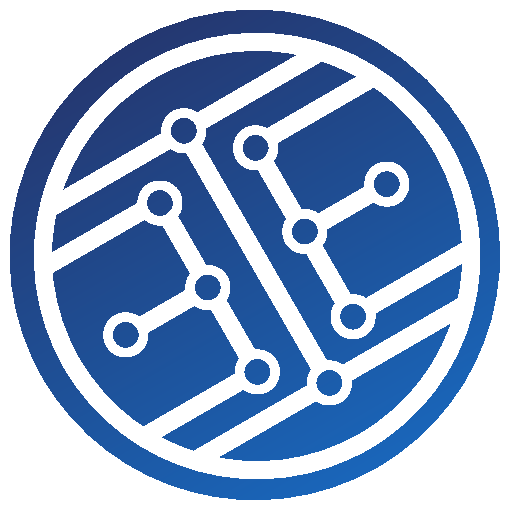
School of Electrical and Information Engineering

|
UNIVERSITY OF THE WITWATERSRAND,
JOHANNESBURG School of Electrical and Information Engineering |
| Test: | 30% |
| Labs: | 10% |
| Final Exam: | 60% |
An A4 information sheet may be brought into the examination. Both sides of the sheet may be used for text, figures and equations, but it must be hand-written. No printed or photostatic copies are allowed. No additional reading aids are allowed.Obviously, the test is under similar jurisdiction.
This document was translated from LATEX by HEVEA.